Arawak is Arabic is a necessary post since people still want to label the Moors as foreign invaders when the Moors are indigenous to the Americas and the world since they had a global Tartarian/Moorish Empire.















ARAWAK IS ARABIC:
Arawak is considered a proto-Arabic language since Arawak is Arabic. The letter W in Arawak is two letter V’s combined together to form a W. The letter V has the same phonetics (sounding) as the letter B, which means we that we can substitute the letter W in Arawak with the letter B. When we do so you will have the word Arabic since the letter K at the end of Arawak can be substituted with the letter C, due to having the same phonetics.
HISTORY OF THE LETTER W:
The classical Latin alphabet, from which the modern European alphabets derived, did not have the “W” character. The “W” sounds were represented by the Latin letter “V” (at the time, not yet distinct from “U“).
The sounds /w/ (spelled ⟨V⟩) and /b/ (spelled ⟨B⟩) of Classical Latin developed into the voiced bilabial fricative /β/ between vowels in Early Medieval Latin. [End quote from: https://en.wikipedia.org/wiki/W].
Arawak (Arowak, Aruák), also known as Lokono (Lokono Dian, literally “people’s talk” by its speakers), is an Arawakan language spoken by the Lokono (Arawak) people of South America in eastern Venezuela, Guyana, Suriname, and French Guiana. It is the eponymous language of the Arawakan language family. The Arawakan language family is the largest language in Latin America. This also includes the Caribbean Islands.
The Arawak are a group of indigenous peoples of northern South America and of the Caribbean. Specifically, the term “Arawak” has been applied at various times from the Lokono of South America to the Taíno, who lived in the Greater Antilles and northern Lesser Antilles in the Caribbean. All these groups spoke related Arawakan languages.[1]
Early Spanish explorers and administrators used the terms Arawak and Caribs to distinguish the peoples of the Caribbean, with Carib reserved for indigenous groups that they considered hostile and Arawak for groups that they considered friendly.[2].
Latin is inverted Arabic. In fact, the Latin language contains over 1400 Arabic words. The word Latin is derived from the pre-Islamic Goddess Al-lat, which is obvious just by looking at the similarities in spelling between Latin and Al-lat or Latan. “The worship of al-Lat is attested in South Arabian inscriptions as Lat and LATAN, but she had more prominence in north Arabia and the Hejaz, and her cult reached as far as Syria.[3]” [End quote from: https://en.wikipedia.org/wiki/Al-Lat].
One of the spelling variations of Allat is Latan, which is clearly Latin since the letter A at the end of Latan is a vowel that can be substituted with another vowel like “I” to create the word Latin. Latin is a scholarly language that is the language of law and medicine.
Spanish is derived from Latin (Latan). Before the language was called Latin it was called Ole Moorish Latin. “‘Olé’ is the Spanish adaptation of ‘Allah’, the Arabic word for God. So when Spaniards say ‘Olé’ at a bullfight, they are saying Praise ‘Allah’.” Even the language of Ole English and Albion are Arabic in origin since Ole means Allah and Al-bion was the ancient Arabic name of Britian, since the Moorish surname of Al is the feminine form of El, which means God, force, or power.
Allat is represented by the lion, gazelle, crescent (moon and star), cubic rock (Kaba) as her symbols. Allat is the feminine form of Allah. You can clearly see how the Islamic god Allah is derived from the Arabian goddess Allat due to the similar spelling of both names. Allat was also worshipped in Arabia, but what if Southern Arabia was Mexico and Prophet Muhammed was from the Americas: https://www.americaistheoldworld.com/prophet-muhammed-was-from-the-americas/.
The Carib or Karian (Karian=Iran/ Persia) was a swarthy (dark or Black) tribe of Indians (Moros=Moors) that spoke Arawak (Arabic) since a Carib is an Arab. If you remove the letter C from Carib, you will have Arab once you substitute the vowel “I “with the vowel “A.” The Caribbean Island were named after of them.
In this post is an image of a very swarthy Carib (Arab) Indian with a medieval Moorish Scimitar that has a seashell on it. How can this Carib not be an Arab with a Moorish Scimitar on his side? I guess he inherited it from a fallen Moor if you are a critic, lol. This is just more proof that a Carib is an Arab.
The Caribs are not the only Arabs of the Caribbean (Arabian) Islands since the Taino’s, Puerto Ricans, Haitians, Dominicans, and Cuban’s all worship the Turkish (Moorish) goddess Atabey, which suggests that they are also Arabs (Moslems). Bey is the Turkish name of a tribal Chieftain. Atabey is a goddess that comes from the Yucatan Peninsula, and she is the same as the Mayan Goddess Maya (Mary/ Meru), aka, Stella Maris, “Star of the Sea”, which is the Pole Star/ North Star.
Atabey is an ancestral mother of the Taino, one of two supreme ancestral spirits in Taíno mythology. She was worshipped as a zemi, which is an embodiment of nature and ancestral spirit, (not to be confused with a goddess, how she is commonly referred to in colonial terms to replace Taino verbiage and culture) of fresh water and fertility;[1] she is the female entity who represents the Earth Spirit and the Spirit of all horizontal water, lakes, streams, the sea, and the marine tides.[2] This spirit was one of the most important for the native tribes that inhabited the Caribbean islands of the Antilles (Atlantis), mostly in Puerto Rico (Rich Port), Hispaniola (Haiti and the Dominican), and Cuba (Kaba).[3]
The original flag of the Taino Indians (Moros) was a green Islamic flag with a crescent moon and stars on it (see post image). The Taino’s, Haitians, Dominicans, Puerto Ricans, Caribs, and Cubans were all Moors (Moros) since they worshipped Atabey.
In this post is an image of François-Dominique Toussaint Louverture (French: [fʁɑ̃swa dɔminik tusɛ̃ luvɛʁtyʁ], English: /ˌluːvərˈtjʊər/)[2] also known as Toussaint L’Ouverture or Toussaint Bréda; 20 May 1743 – 7 April 1803) was a Haitian general and the most prominent leader of the Haitian Revolution. During his life, Louverture first fought against the French, then for them, and then finally against France again for the cause of Haitian independence. As a revolutionary leader, Louverture displayed military and political acumen that helped transform the French and Haitian civil War into a revolutionary movement for the Haitian independence from France. Louverture is now known as the “Father of Haiti”.[3]
Notice the red Fez on the head of Toussaint L’Ouverture. The Haitians are descendants of the Caracols, who were Mayans since the Mayans had an ancient city called Caracol in the Yucatan. The Mayans were Phoenician Maurs that had a red flag as their national symbol.
Even the Jamaicans were Caribs (Arabs) that were Moors since a group of them is seen in this painting from the 1700’s wearing the red Turban of the Moors. The Moors fought Spain (Rome) for over 400 years under a solid cherry red flag. Here is evidence that the Moors fought under a solid red flag, and this proves that the Americas was Greater Morocco: https://www.americaistheoldworld.com/the-greater-morocco-was-in-the-americas/.
The worship of Atabey spread to the Turks and Caicos Islands near the Bahamas. The original settlers of this Island were the Arawakan speaking Taino People. The Capital of this Island is the Grand Turk on the Grand Turk Island. Speaking of Turkey, ancient Turkey was in the Americas: https://www.americaistheoldworld.com/ancient-turkey-was-in-south-carolina/.
The Turks are from an Islamic Country that is in Turkey. The Empire of the Turks was the Ottoman Empire, which was also in the Americas: https://www.americaistheoldworld.com/the-ottoman-empire-in-the-americas/.
Now with all of this Arabian evidence, we can fairly conclude that the Caribbean Sea is really the Arabian Sea that flows into the Persian Gulf, aka, the Gulf of Mexico, which is also the original Mediterranean Sea: https://www.americaistheoldworld.com/nineveh-was-jacksonville-florida/.
PERSIA WAS ORIGNALLY IN THE AMERICAS:
Even with all of the evidence, I know that some of you all will still say that I am reaching, but what if Persia was originally in Americas?
According to the Orontius Fines’s 1531 map of Asia as North America, Persia was in the Mexico Yucatan region and it is listed as Parias, which translates as Persia. You can get Persia from Parias easily just by moving the letter S at the end in front of letter I to create Persia. Plus, we know that the Gulf of Mexico is the Mediterranean Sea and the Persian Gulf, which brings credence to the fact that Parias is Persia.
Even if you still think I am reaching by calling the landmass labeled as Parias on the 1531 as Persia, because you did your own research and discovered that it means, “In medieval Spain, parias (from medieval Latin pariāre, “to make equal [an account]”, i.e. pay)[1] were a form of tribute paid by the taifas of al-Andalus to the Christian kingdoms of the north.[2] Parias dominated relations between the Islamic and the Christian states in the years following the disintegration of the Caliphate of Córdoba (1031) until the reunification of Islamic Spain under the Almoravid dynasty (beginning in 1086).” [End quote from Wikipedia: https://en.wikipedia.org/wiki/Parias#:~:text=The%20parias%20were%20a%20form,one%20Islamic%20party%20against%20another.].
Parias means a tax, or a tribute paid by the defeated Moors of Al-Andalus to the Christian Kingdoms of the North, so that the Moors could keep their lands. This means that Parias was once Moorish land that was known as Al-Andalus. Either way you look at it, the Parias is Moorish (Islamic) land, and we will take either Persia (Iran) or Al-Andalus.
What is interesting is that the flag of Iran and Algeria is the same colors as the Flag of Mexico (red, green, and white), the flag of the Creek, and the flag of the Seminole Indians: https://www.americaistheoldworld.com/the-ottoman-empire-in-the-americas/.
Wow, this suggests that the Moslems come from Mexico. Here is a YouTube video from Old World Florida and Benben from Waking up W/ Analog that demonstrates that the Moslems came from Mexico. The video is embedded in this blog post for your viewing convenience: https://www.youtube.com/watch?v=OLXfkrPlo-w.
The Moslems were Old Arabs (Saracens) that are descendants of Quiche Maya of the Yucatan Peninsula. The Quiche Maya was the Cushite’s (Ethiopians or Abyssinians) since Quiche is Kushite/ Cushite since the letter Q and K have the same phonetics and can be substituted with each other. The extra vowels in Kuiche (Quiche) can be omitted to form Kush. Evidence that the Naga-Maya were Maurs (High priest of Anu) that civilized the World: https://www.americaistheoldworld.com/the-naga-maya-civilized-the-egyptians/.
According to definition Moor means Ethiopian and the land of the Moors was called Moorenland, and/or Tameri (old Egypt). The Moors became the custodians of the Egyptian Mysterious when Egypt fell according to the book, “Stolen Legacy,” by George G. James. Maur means a “High priest of Anu,” according to a book called, “The Teachings of Ptahhotep the oldest Book in the world,” by Asa G. Hilliard (see post image of Maur Hieroglyph). The Moors were the learnt men and women of old, and master builders that were able to build the gothic architecture throughout the Americas and the world, due to them being custodians of the Egyptian Mysterious.
Persia is the ancient name for Iran. Persia is known for her fabulous Moorish/ Tartarian Architecture and for producing the Islamic Golden Age. This age produced some of the greatest scientific minds on Alchemy, Astrology, and mathematics. Alchemy is an Arabic word from Alkhemet (Egypt), and it is the science of all sciences since it deals with the art of transformations: https://rb.gy/8odcn.
Here are some of the great minds associated with the Islamic Golden Age: al-Zahrawi, Al-Biruni, Ibn al-Nafis, Avicenna, Averroes, Ibn Firnas, Alhazen, Muhammad al-Idrisi, Ismail al-Jazari, Ibn Taymiyyah, Hunayn ibn Ishaq, etc.
The Islamic Golden Age was a period of scientific, economic, and cultural flourishing in the history of Islam, traditionally dated from the 8th century to the 13th century.[1][2][3]
This period is traditionally understood to have begun during the reign of the Abbasid caliph Harun al-Rashid (786 to 809) with the inauguration of the House of Wisdom, which saw scholars from all over the Muslim world flock to Baghdad, the world’s largest city by then, to translate the known world’s classical knowledge into Arabic and Persian.[4] The period is traditionally said to have ended with the collapse of the Abbasid caliphate due to Mongol invasions and the Siege of Baghdad in 1258.[5]
There are a few alternative timelines. Some scholars extend the end date of the golden age to around 1350, including the Timurid Renaissance within it,[6][7] while others place the end of the Islamic Golden Age as late as the end of 15th to 16th centuries, including the rise of the Islamic gunpowder empires.[1][2][3].
The fact that Arawak (Arabic) is the largest language group in Latin America is a witness to the Americans being the superior Arabia.
Arabic (Arawak) inscriptions have been found in Colorado (lower Eldorado) dating back to 50,000 years ago. This Arabic evidence demonstrates that Moslems were in the Americas way before Columbus and the fictional Trans-Atlantic slave trade story: https://www.youtube.com/watch?v=i4qSVm-21gQ
Cashapp: $Amunhotep7
PayPal: Sales@yoursoutherngrill.com








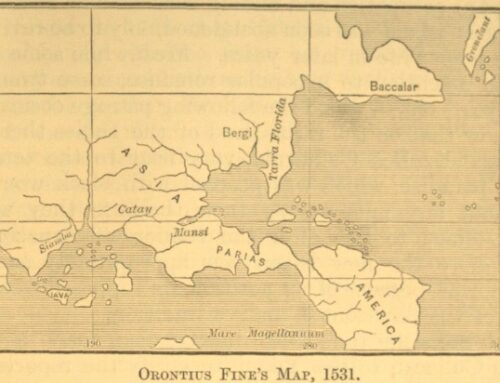
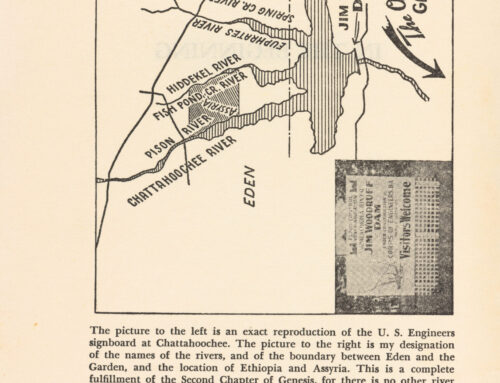
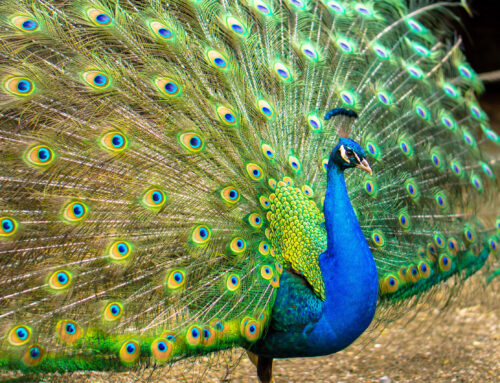
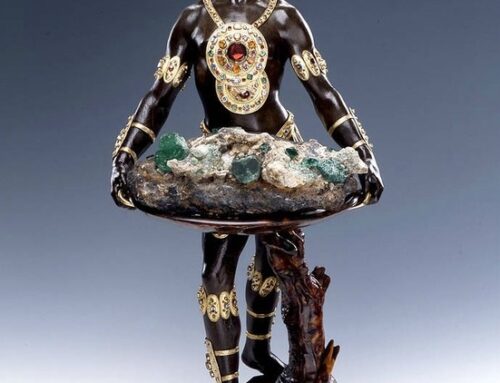
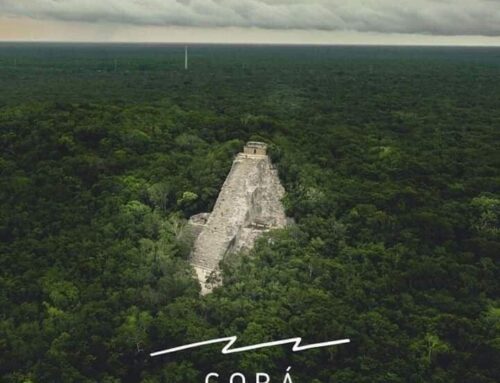
Leave a Reply